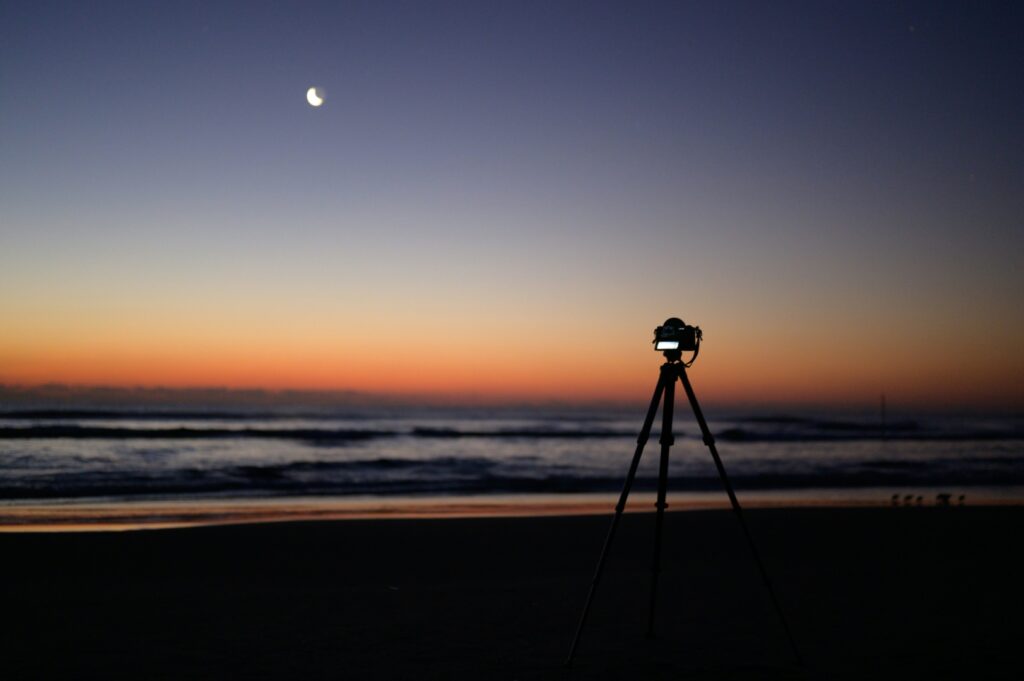The final supermoon of 2024 will appear in the night sky on Thursday, offering a brighter, bigger view of Earth’s satellite.
This supermoon will come within 225,000 miles of Earth, reaching its full lunar phase on Friday. If you miss it, you'll have to wait until 2025 to see another.
This supermoon arrives after the Taurid meteor shower and before the peak of the Leonids later this month. The closest supermoon this year occurred in October, at just over 222,000 miles from Earth.
What Makes A Moon ‘Super'
The term “supermoon” isn't scientific. It simply refers to a full moon that appears when the moon is at its closest point to Earth in its orbit. Though only slightly larger, it can appear up to 30% brighter than a regular full moon.
Tips For Capturing The Supermoon On Your Smartphone
Taking a clear photo of the full moon with a smartphone is challenging but achievable with a few simple tips:
Step I: Charge Your Phone And Bring A Backup Battery
Moon photography can drain your battery, so start with a full charge and pack a portable battery.
Step II: Find The Right Timing And Position
Use a moonrise calculator to determine when the moon will rise locally. Look for an open view to the east, ideally somewhere with minimal obstructions like a beach or hill.

Step III: Use A Tripod For Stability
A smartphone tripod will help avoid blurry images. If you don't have one, rest your phone on a steady surface and use a shutter delay feature to prevent any movement.

Step IV: Lock Focus And Adjust Exposure
Tap and hold on to the moon on your screen to lock focus, then adjust the exposure manually. This is especially useful when the moon is near the horizon and has a warm hue.
Step V: Shoot In RAW Mode
Enable RAW mode in your phone's settings for better detail and dynamic range, capturing both the moon's highlights and the surrounding shadows.
Step VI: Use Binoculars Or A Telescope
For even more detail, align your phone with a telescope or binoculars for a magnified view.

Bonus Tip: Apps like Camera+ 2 or VSCO allow you to control ISO and shutter speed, giving you more flexibility and overexposure.
Check out more of Benzinga's Consumer Tech coverage by following this link.
Photo by Paitoon Pornsuksomboon on Shutterstock
Read Next:
Disclaimer: This content was partially produced with the help of Benzinga Neuro and was reviewed and published by Benzinga editors.
© 2025 Benzinga.com. Benzinga does not provide investment advice. All rights reserved.
Trade confidently with insights and alerts from analyst ratings, free reports and breaking news that affects the stocks you care about.